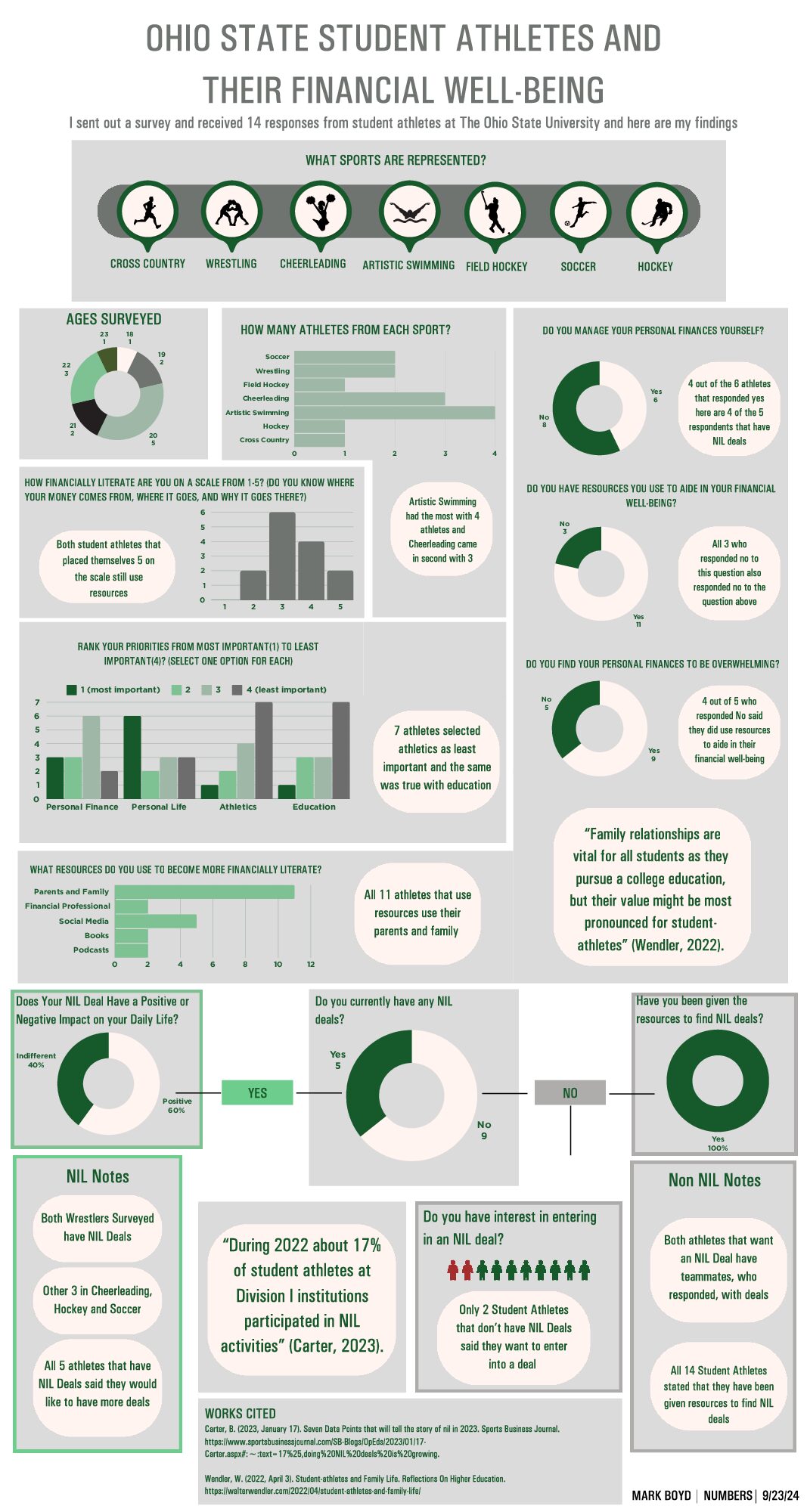T: Going from a hospital to home can be a bit of an adjustment for patients after having doctors, nurses,
and parents close by to help them out of bed and move around. Do you give Pectus Excavatum patients
any certain exercises to practice once they get home? How do you help them with this adjustment?
L: “So we actually don’t teach them any exercises to make them stronger for the first twelve weeks” […]
“The main discomforts are A) getting out of bed and B) putting on a shirt. A lot of these kids don’t want
to wear button up shirts because they aren’t comfortable to lay around the house with, so we teach
them how to put on a t-shirt.” […] ““A lot of discomfort mainly has to do with them not being able to use
their arms.” […] “They can’t lift, push or pull 5 pounds for the first 12 weeks” […]
Notes:
• Mainly teaches them how to get out of bed and make sure they are staying true to
precautions
T: Results from one of my surveys show that nearly 22 people experienced not being able to sleep in a certain position, and 59% stating that sleeping was either their first or second most uncomfortable task during recovery. In addition, I read about another hospital saying the patient could sleep on their side as long as it is comfortable but know Children’s does not recommend it. Do you ever have patients from other hospitals come in for treatment? Do you ever communicate with other hospitals? Do you have any recommendations or tactics for people to make sleeping more comfortable?
L: “We don’t like them to lay on their sides because of the pressure it puts on their side, because it could make them [bars] flip” […] “our goal is to limit the things we know will be harmful but promote the things that will help them heal,” […] “a lot of people don’t have means to a recliner, just because they can’t afford one or borrow one from someone. So we recommend a wedge to put on top of the bed” […] “A lot of kids who sleep in a recliner say it’s the most comfortable” […] “They cannot be straight up but need to be elevated slightly” […] “One thing that is hard is that they have to scoot forward” […] “so we teach them to do a lateral side bend and move their hips forward” […] “It could be helpful if the bottom of the chair tilted,” […] “recliners are built always for adults, but teenagers are kind of adults but smaller”
Notes:
• A lot of stair negotiations and walk, walk, walk
• Wants to get them out of bed as soon as possible. She talked a bit about how one kid who had surgery at a different hospital came in for PT and his mom was excited to see him finally walking around after a few weeks. At Children’s, they want to have the patient walking as soon as possible, usually within the first day or two.
• We don’t want them to swim unless they’re standing
• Suggested looking into electric operating recliners but making them into a lower profile chair
T: Is there anything else you think is important to the recovery process? Any tips, movements, or preparation patients should do to help them recover comfortably? Do you have any final thoughts as we wrap up the interview?
L: “Mindfulness and meditation, moving is a huge piece to pain but it’s a huge mindset” […] “We control a lot of pain in our head. If you can get your mind into the right place, [it can be a lot easier]” […] “What can be good about our pain and how could we make it better?” […] “Nature, apps, a lot of kids do better after getting home because they are in their natural environment” […] “there could be some pre-op stuff that could be done to make pain better or to mayber reduce the amount of kids who actually need it done” […] “postural things to make surgery not so bad”
Notes:
• Children’s offers music therapy, video games
• Mary Mathery does a lot of rib stuff and Lauren wants to go to her courses
• Laurent is interested in researching the ways one can prep fore surge



